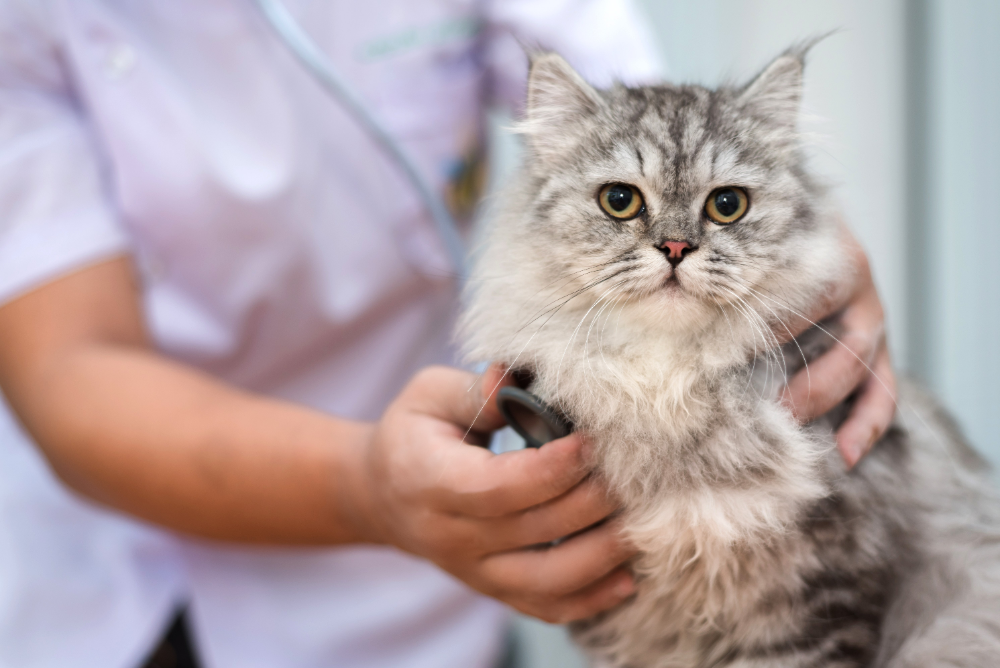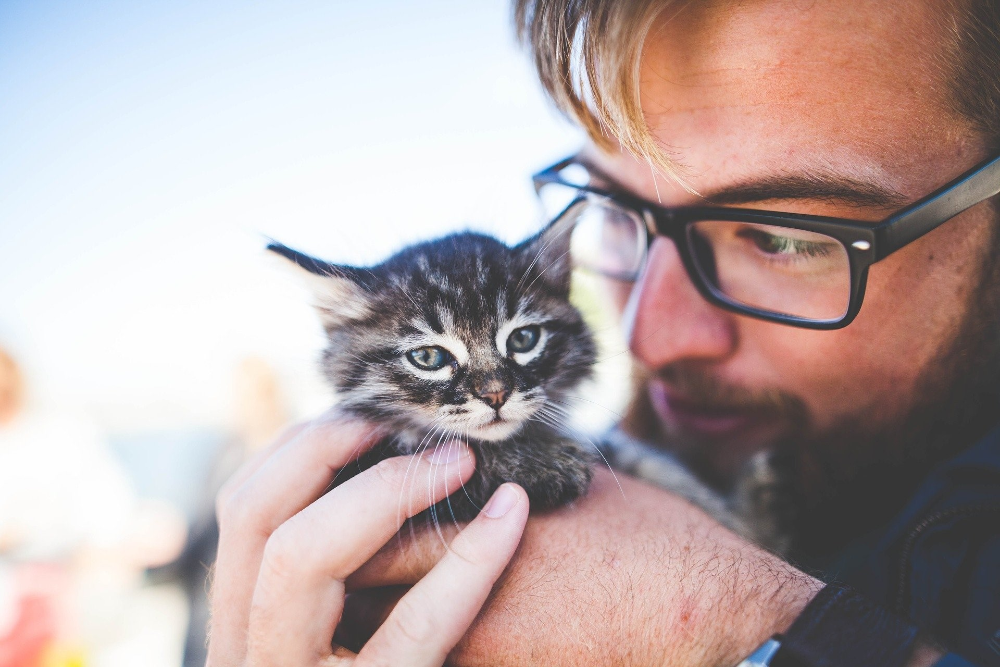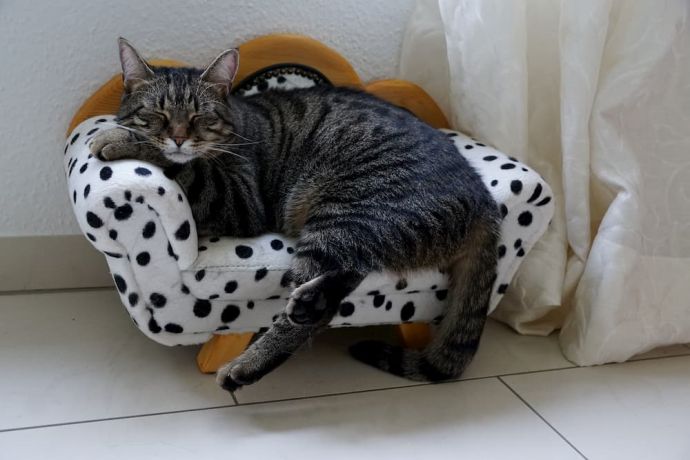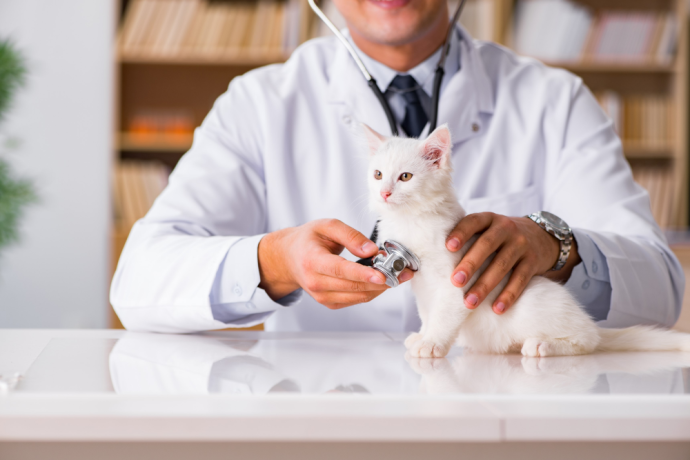Cat Emergency Kit [Infographic]: Veterinary Advice
Written by:
Author: Dr. Edele Grey
Dr. Edele Grey is a veterinary surgeon with seven years of experience. She professionally works mostly with horses but has treated pets of all sizes including terrapins, llamas, and others. Dr. Grey graduated with honors from the University College Dublin, Ireland, has completed further education in Equine Sports Medicine. In her free time, she enjoys writing about pet ownership and educating people about veterinary care of animals and preventing disease.
View all 10 articlesLearn about our editorial process and veterinary review board.
Viewed: 955
Updated on: 03/15/2021
Sometimes it feels like not a day goes by without hearing about some terrible natural disaster in the world: wildfires, flash floods, hurricanes, or one of the myriad other terrible catastrophes. With the increasing spread of these events throughout the world, pet owners need to be prepared for a fast evacuation with their pets, cats, in particular, can present a challenge compared to dogs and caged pets.
In the following infographic, we’ve included some tips on the essentials you should have prepared in your kitty’s go-bag.
Add this infographic on your website – copy and paste the code:
READ MORE: Best Cat Carriers
Add to your website<p><img loading="lazy" src="https://img.thepets.net/wp-content/uploads/rev01-01.png" srcset="https://img.thepets.net/wp-content/uploads/rev01-01-large.png 1000w, https://img.thepets.net/wp-content/uploads/rev01-01-medium.png 690w, https://img.thepets.net/wp-content/uploads/rev01-01-small.png 345w" alt="cat emergency kit" alt="Cat Emergency Kit"><br>Source: <a href="https://thepets.net/cat-emergency-kit/">ThePets.net</a></p>Essentials to prepare in Kitty’s go-bag
1. Paperwork
This should include all microchip, ownership, and vaccination records. If your cat is on long term medications, you should have a copy of your cat’s prescriptions with doses, concentrations, and drug names included. Ideally, you should include a picture of your cat if it goes missing in the chaos of a natural disaster. It’s a good idea to have all the information, including emergency contacts saved on your phone, but a hard copy in case there’s no cell service or the battery is dead is also vital.
2. Medications
It’s a good idea to have a chat with your veterinarian about having a little extra cache of your cat’s medications, similar to being on holiday as a backup supply. Enough drugs to last about a week should be your minimum stash. Make sure to keep an eye on expiration dates of these and keep them up-to-date if the medications or doses change over time.
3. Food & Water
Stating the obvious here, but in the confusion and panic of an emergency evacuation, sometimes the basics can be overlooked. You should have a minimum of a 3-5 day supply of both food and water for every cat in your home and make sure it’s the same type of food that your pet usually eats to prevent tummy upsets in an already stressful time for everyone. Wet food tins are secure as they tend to have long expiration dates and provide some of your cat’s daily water requirements but, if your cat only eats dry food, then stick with that. Store dried food in a ziplock bag or sealable tubs and water bottles; then, replace them quarterly to keep them fresh.
READ MORE: How long can a Cat go without Water?
4. Travel food and water bowls
Portable, collapsible bowls are perfect for ease of packing and are easily cleaned. Ensure you thoroughly dry the bowls before replacing them in storage; otherwise, mold may become an issue.
5. Portable litter box & litter
Portable litter boxes are essential for traveling with your kitty, especially in an emergency situation. Couple this with a small bag of their favorite litter, and you’re good to go. Use the litter sparingly, so you can dump it out when used and not worry about scooping while on the road. Cat’s don’t need a deep-filled litter tray (though this is ideal at home to encourage burying of waste), so a small amount can satisfy their urges.
6. Cat Carrier & Liners
Rapid evacuation will require a reliable cat carrier; if possible, a large enough one that your cat can be comfy in for a few days is best. It also should be easily carried or with a strap for popping on your shoulder in a rush. If your kitty hates to travel or stages a dirty protest (poops everywhere!), then carrier liners are essential, especially if you unexpectedly end up stranded in your car or unable to allow your cat out of the carrier for bathroom time.
READ MORE: Best Cat Backpacks
7. Blanket / Bed
Emergency evacuation will be stressful for you and your feline friend, so if possible, grab their favorite bed or blanket so it smells like home and will help to soothe them. While not part of your prepared ‘go bag,’ it’s great to help with those stressful times for your kitty and, by extension, you. If you can’t bring a blanket, then consider having some pet relaxing spray, there are many products on the market, so have a chat with your veterinarian for a suitable product available in your area.
8. Cat Harness and Leash
It’s a good idea to get your cat used to wearing a harness and leash if possible, even if you don’t use one in your kitty’s daily life. Emergency evacuations mean you may not have a safe area to release your cat from their carrier, a leash and harness can give your cat some freedom while staying safe and close to you.
9. Trash bags, Gloves, and Paper Towels
Small trash bags, gloves, and paper towels help clean up those inevitable messes, particularly poop or vomit. A handy alternative for these clean-ups is dog poo bags with many ecologically friendly varieties available. Gloves are essential, whether your squeamish or not, about hairballs as they can protect you from catching any bugs while doing your cat-parent duties.
10. Hand Sanitizing Wipes
Another essential for your go-bag are sanitizing wipes. Freshwater to wash up after a clean up may not be available if you’re displaced during this time. Pet safe wipes can help with wiping away any mess from your kitty’s paws without causing any toxic effects to your pet.
11. First Aid Kit
A first aid kit again goes without saying, but having one handy and stocked is really important for a rapid evacuation. You never know when scratches and injuries can happen, so a basic kit will mean that you can clean any injuries and prevent infection and possibly save your kitty’s life while you get a veterinary appointment. You should include some small sterile saline packs, wound ointment, gauze, and bandages, these will also allow you to make a splint if your kitty sustains a broken limb.
Scissors and nail clippers will be a great help to have in your kit too. Cat’s scratch when stressed and can get their nails caught easily in these emergency situations so nail clippers can help you keep those nails managed while displaced. In your first aid kit, don’t forget some human band-aids, too, in case you’re the recipient of one of those stressed kitty tantrums.
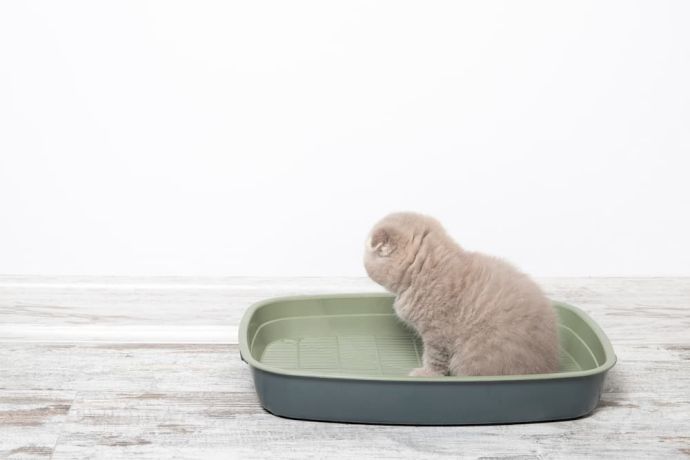 Cat Veterinary Tips How to Get Rid of Cat Urine Smell in Your House? (Vet Advice)
Cat Veterinary Tips How to Get Rid of Cat Urine Smell in Your House? (Vet Advice) - 325
- 0
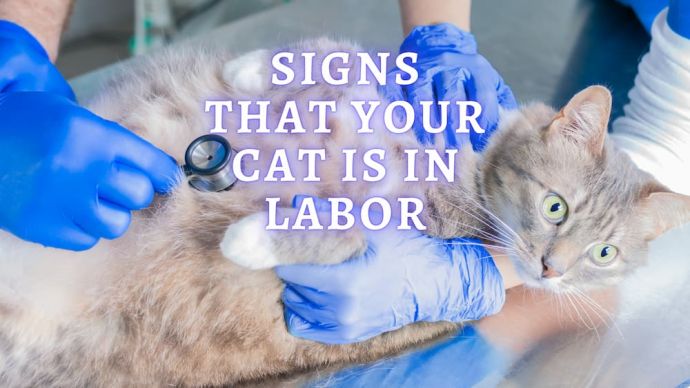 Cat Veterinary Tips Signs That Your Cat is in Labor: How to tell if a Cat is Pregnant?
Cat Veterinary Tips Signs That Your Cat is in Labor: How to tell if a Cat is Pregnant? - 15122
- 1
 Cat Veterinary Tips Cat Gagging: Why Does My Cat Keep Gagging But Not Throwing Up? (Vet Advice)
Cat Veterinary Tips Cat Gagging: Why Does My Cat Keep Gagging But Not Throwing Up? (Vet Advice) - 1809
- 0
 Cat Care Why Does My Cat Attack My Legs? 10 Reasons Why and What To Do About It (Vet-Approved Advice)
Cat Care Why Does My Cat Attack My Legs? 10 Reasons Why and What To Do About It (Vet-Approved Advice) - 46013
- 21
 Cat Veterinary Tips Cat Stomach Gurgling: Vet Advice on Why is Your Cat Stomach Gurgling?
Cat Veterinary Tips Cat Stomach Gurgling: Vet Advice on Why is Your Cat Stomach Gurgling? - 36469
- 4
 Cat Veterinary Tips My Cat Lost its Voice: Can Cats get Laryngitis? (Vet Advice)
Cat Veterinary Tips My Cat Lost its Voice: Can Cats get Laryngitis? (Vet Advice) - 23554
- 13












